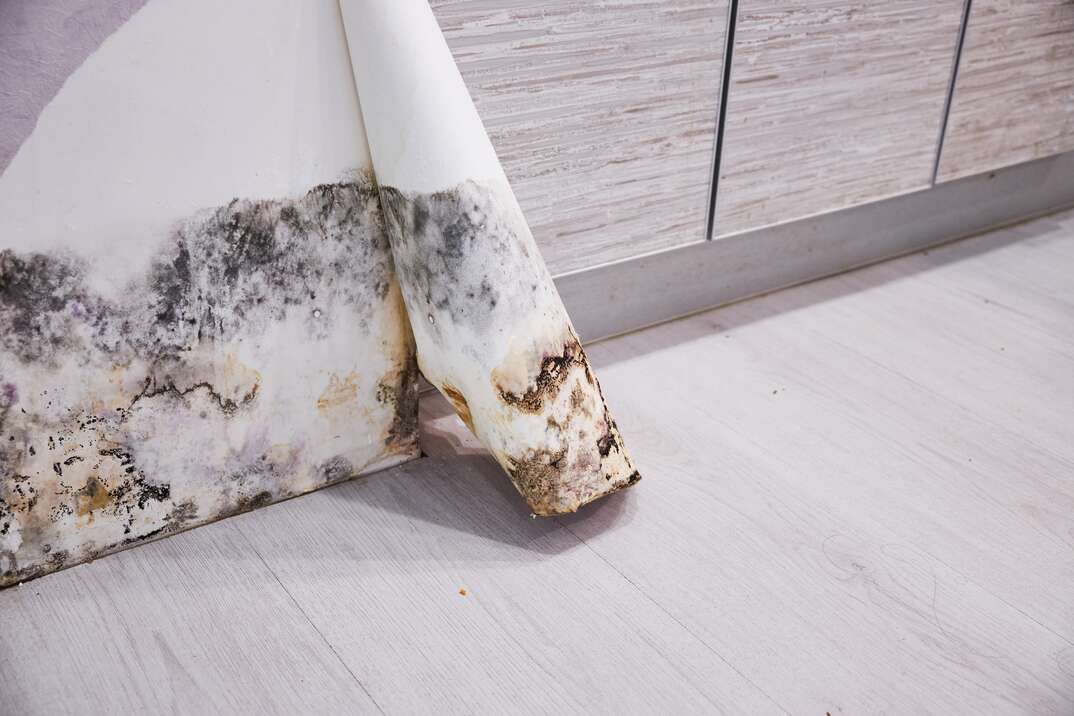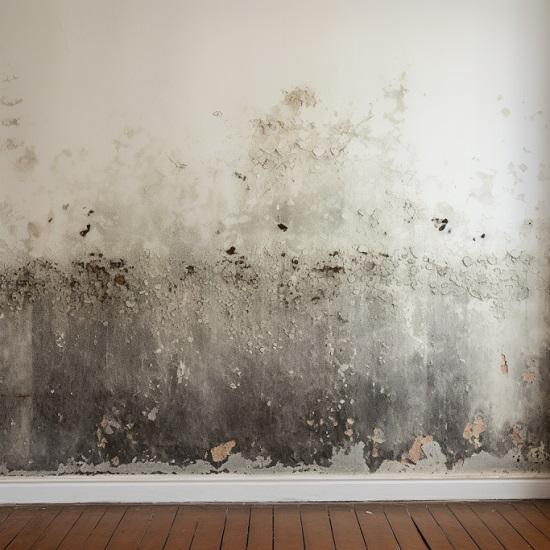Effective Post Mold Remediation Cleaning Protocols
Effective Post Mold Remediation Cleaning Protocols
Blog Article
Your Ultimate Overview to Post Mold And Mildew Remediation Methods
Browsing the realm of post-mold remediation methods is a precise process that demands interest to detail and a thorough understanding of the ins and outs entailed. In the aftermath of mold and mildew infestation, recognizing how to effectively eradicate the mold and avoid its reoccurrence is critical for maintaining a healthy and balanced interior setting. From choosing the appropriate cleansing and sanitizing techniques to implementing strategies for long-term mold and mildew prevention, each action in the remediation journey plays a vital duty in ensuring a successful outcome. As we start this exploration of post-mold removal methods, we will certainly discover the crucial techniques and finest methods that can aid you recover your room to its pre-mold problem and secure it against future mold and mildew risks.
Understanding Post-Mold Remediation Refine
After finishing the mold and mildew remediation procedure, it is critical to understand the post-mold remediation strategies that are needed to make certain a effective and thorough clean-up. Once the mold has been gotten rid of, the next action includes cleansing and sanitizing the impacted areas to stop any type of regrowth of mold. This consists of making use of specialized cleansing agents to wipe down surface areas and kill any continuing to be mold and mildew spores. It is crucial to dry the area completely to inhibit the development of mold in the future (After mold remediation). Correct ventilation and dehumidification can aid in this procedure.
In addition, carrying out a final evaluation post-remediation is crucial to make certain that all mold and mildew has been efficiently gotten rid of. If the examination discloses any kind of sticking around mold, additional removal might be necessary.
Reliable Cleaning Up and Sanitizing Methods

Stopping Future Mold And Mildew Development

Significance of Proper Air Flow
Appropriate ventilation plays a critical function in avoiding moisture accumulation, a key consider mold growth within interior environments. Reliable ventilation systems help get rid of excess moisture from the air, decreasing the possibilities of mold and mildew spores finding the moisture they need to spread and germinate. Without appropriate air flow, interior areas can end up being a reproduction ground for mold, leading to prospective wellness dangers and architectural damage.
By making certain proper air blood circulation, ventilation systems can likewise aid in drying damp locations quicker after water damages or flooding occurrences, further preventing mold and mildew growth. Post Mold Remediation Report. In spaces like restrooms, basements, kitchens, and attics where wetness degrees often tend to be greater, installing and maintaining efficient ventilation systems is vital in preventing mold invasions

Monitoring and Upkeep Tips
Offered the important function that proper air flow plays in protecting against mold development, it is critical to develop efficient monitoring and upkeep tips to ensure the ongoing functionality of air flow systems. Routine evaluations of air flow systems need to be carried out to look for any type of signs of obstructions, leaks, or malfunctions that might impede correct airflow. Surveillance moisture levels within the residential or commercial property is additionally critical, as high humidity can add to mold and mildew growth. Mounting a hygrometer can help track moisture degrees and sharp the original source homeowners to any spikes that might require attention. Additionally, making certain that air filters are on a regular basis cleaned or replaced is crucial for preserving the efficiency of the ventilation system. Applying a schedule for routine upkeep jobs, such as duct cleansing and a/c system inspections, can assist prevent concerns before they escalate. By staying aggressive and attentive to the condition of ventilation systems, homeowner can successfully mitigate the danger of mold and mildew regrowth and keep a healthy and balanced interior atmosphere.
Final Thought
In final thought, post-mold remediation techniques are essential for ensuring a tidy and secure environment. Recognizing the procedure, carrying out efficient cleaning and disinfecting approaches, stopping future mold development, keeping appropriate ventilation, and normal tracking are all essential action in the removal procedure. By complying with these standards, you can effectively get rid of mold and prevent its return, working or advertising a healthy and balanced living space for all occupants.
In the after-effects of mold problem, understanding how to successfully eliminate the mold and mildew and prevent its reoccurrence is extremely important for preserving a healthy indoor setting. When the mold and mildew has been eliminated, the following action involves cleaning and decontaminating the affected areas to protect against any kind of regrowth of mold - testing air quality after mold remediation. After getting rid of noticeable mold development, it is crucial to cleanse all surfaces in the affected location to remove any continuing to be mold and mildew spores. To additionally boost mold prevention procedures, it is vital to address underlying issues that at first led to mold and mildew growth.Offered more helpful hints the critical function that appropriate air flow plays in preventing mold growth, it is important to establish efficient monitoring and upkeep ideas to make sure the ongoing capability of ventilation systems
Report this page